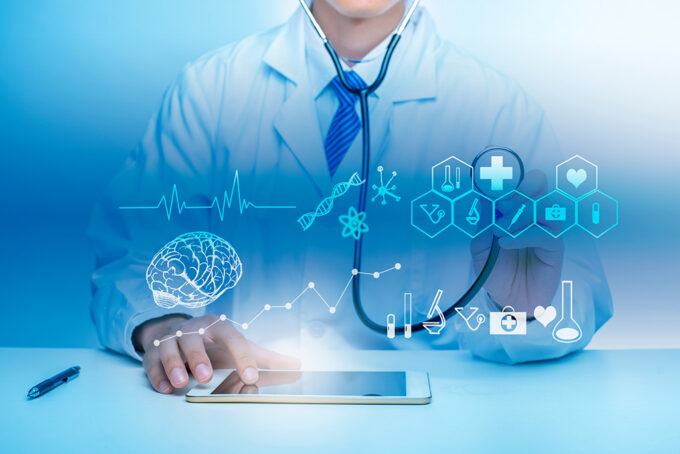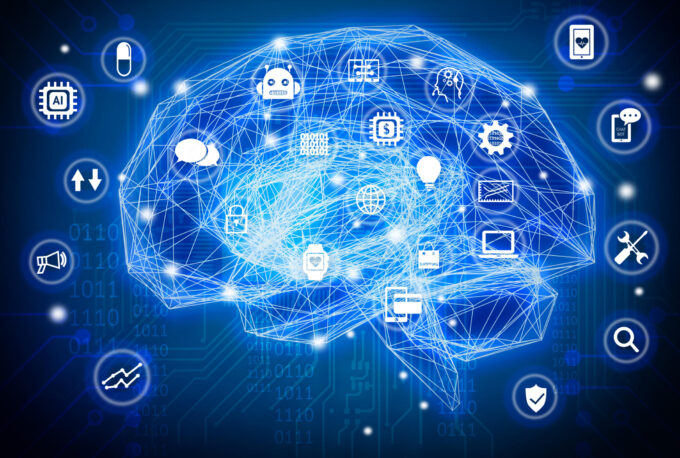Managing clinical data can feel like swimming in a vast ocean of medical information. It’s all about keeping track of detailed studies, patient records, and clinical trials to improve how we treat people. As technology advances, handling this data gets trickier but also more exciting!
Here’s the good news: we have some smart strategies and up-to-date tools to help research teams organize their data better, allowing them to find hidden clues that could lead to breakthroughs in healthcare. Think of it like giving researchers the best gear to navigate this data ocean, so they can make discoveries that benefit everyone.
A Dive into Advanced CDM

As technology keeps changing, managing medical data becomes both more complex and more exciting. We now have clever strategies and awesome tools to help research teams climb this mountain even faster. These tools help them uncover insights that could revolutionize healthcare, just like reaching the summit reveals a breathtaking view.
So, the next time you hear about CDM, remember: it’s not just about data, it’s about building a better future for everyone by climbing the mountain of medical knowledge together!
Navigating Through the Data Jungle
Imagine you’re a doctor trying to understand your patient’s health. You have medical records, scans, fitness tracker data, and even their family history – a goldmine of information, but also a big mess! That’s where clinical data management comes in.
Think of it like a set of tools to organize and tame this data zoo. It helps make sure all the information is accurate, works together like a well-oiled machine, and stays safe and sound. It’s like having a super-powered filing cabinet for all your data, but way easier to use.
Talking the Same Data Language

A crucial step toward more efficient CDM is ensuring everyone’s using the same dictionary. Adopting universally recognized data standards and terminologies means data from various sources can be easily compared and merged. It’s about making data collection and analysis both smoother and more precise.
Linking Up Data from All Corners
In today’s world, information comes from everywhere – medical devices, apps, even wearables! Advanced CDM uses tools like data warehouses, which are like giant storage facilities for all your info, and APIs, which act as bridges connecting these data sources. This lets researchers access everything they need in one place, leading to richer analysis and faster discoveries.
It’s like having all the pieces of a puzzle scattered around, and CDM helps you put them together to see the bigger picture. This, in turn, can lead to better patient care, improved research, and ultimately, a healthier future for everyone.
The New Frontier: AI and Machine Learning

Artificial Intelligence (AI) and Machine Learning (ML) are reshaping the CDM landscape. These tech marvels offer a way to sift through vast datasets more efficiently and accurately. From identifying patterns to interpreting complex medical notes, AI and ML can help researchers spot opportunities and answers that might otherwise remain hidden.
In the world of business, there’s a big change happening thanks to AI and machine learning (ML). These smart technologies are making a big impact on how companies handle customer data.
One important way they’re doing this is by helping companies predict what customers will do next. By looking at lots of data really quickly, AI and ML can figure out things like when someone might buy something or if they might stop using a service. This helps companies make better decisions and offer things that customers really want.
AI and ML also help companies understand customers better. Instead of just looking at broad groups of people, they can focus on smaller, specific groups based on things like what they do online or what they’ve bought before. This means companies can send messages or offers that are more likely to catch someone’s attention.
These smart technologies also make it easier for companies to talk to customers. By using things like chatbots, they can answer questions or solve problems quickly, even outside of regular business hours.
And finally, AI and ML help companies keep customer data safe and follow the rules. They can spot any mistakes or problems with the data and make sure it’s used in the right way, following all the important privacy laws.
So, with AI and ML, companies can do things like predict what customers want, understand them better, talk to them easily, and keep their data safe. It’s like having a super-smart helper that makes everything work better for both the company and the customer.
Data Stewardship: A Pillar of Trust
All this data wizardry means little without proper data stewardship. Ensuring strong data governance is crucial for maintaining data accuracy, security, and proper usage over time. It involves setting clear rules about data access and handling, safeguarding data integrity, and complying with legal and regulatory standards. At its core, data stewardship refers to the responsible management and protection of data throughout its lifecycle. It encompasses practices, policies, and processes designed to ensure the integrity, confidentiality, and ethical use of data, while also promoting transparency and accountability.
Data stewardship begins with a commitment to upholding the highest standards of data governance. This involves defining clear roles and responsibilities for managing data, establishing robust policies and procedures, and implementing technologies and controls to safeguard against unauthorized access, misuse, or breaches.
Moreover, data stewardship embodies a culture of integrity and ethics within an organization. It requires fostering a deep respect for privacy rights and data sovereignty, treating customer data with the utmost care and diligence. By prioritizing data privacy and security, businesses demonstrate their commitment to building and maintaining trust with their customers. A trust that forms the foundation of long-lasting relationships and brand loyalty.
Privacy and Ethics: The Non-Negotiables
Dealing with health data means privacy and ethics can’t be afterthoughts. It’s vital to be upfront with patients about how their data will be used, to protect their information diligently, and to adhere to strict privacy laws. Placing privacy and ethics at the core of CDM not only builds trust but also ensures that research benefits all parties involved.
Conclusion
Think of it this way: by using CDM, researchers can unlock the true potential of medical data, leading to faster discoveries and better treatments for everyone. It’s like having a powerful tool that helps them crack the code of medical mysteries and improve the lives of countless patients.
As healthcare keeps changing, advanced CDM will be more important than ever. It will help us make smarter decisions based on real data, work together more effectively, and ultimately, build a healthier future for everyone!










